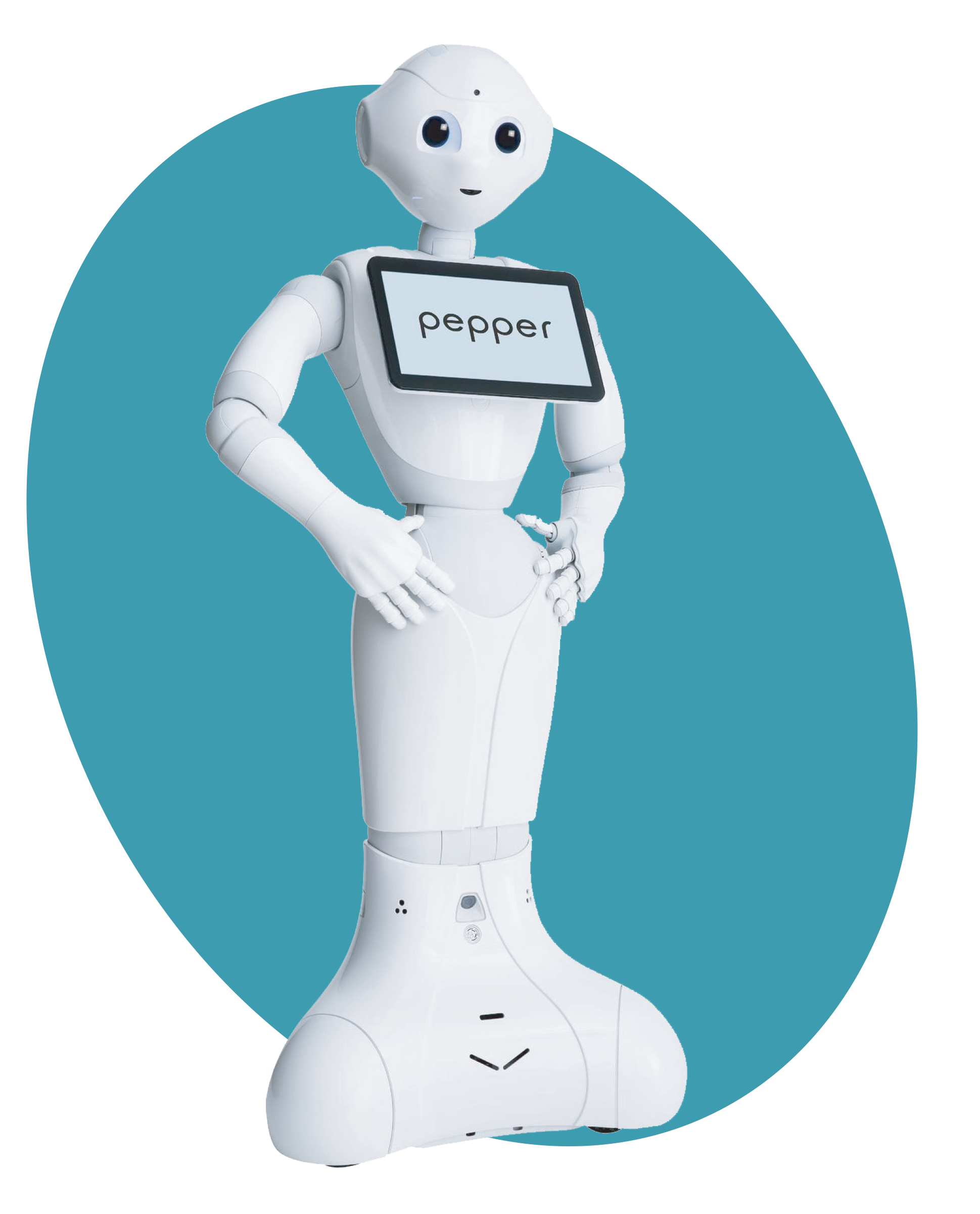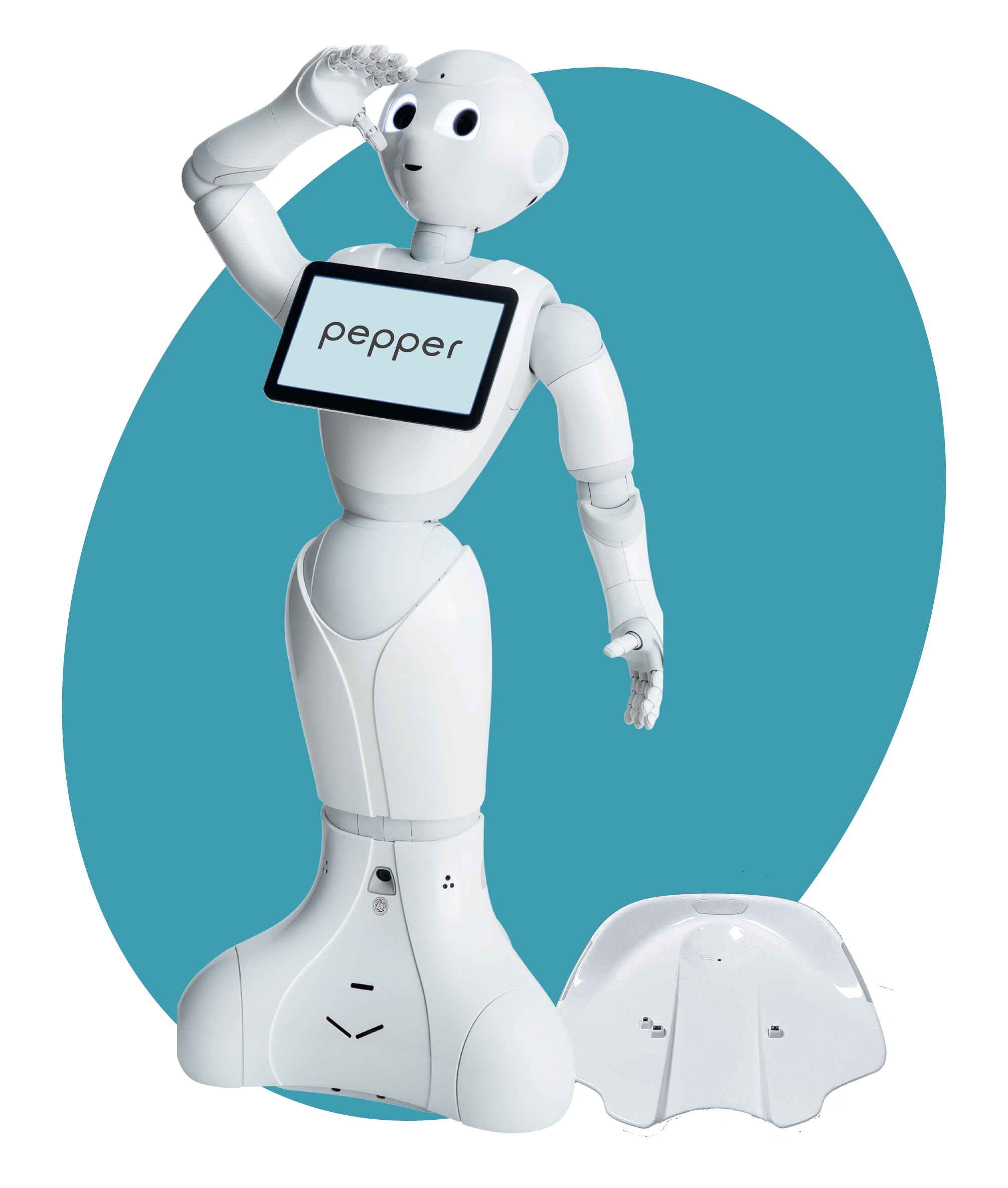Why Robots are the Bridge for Remote Learning Gap
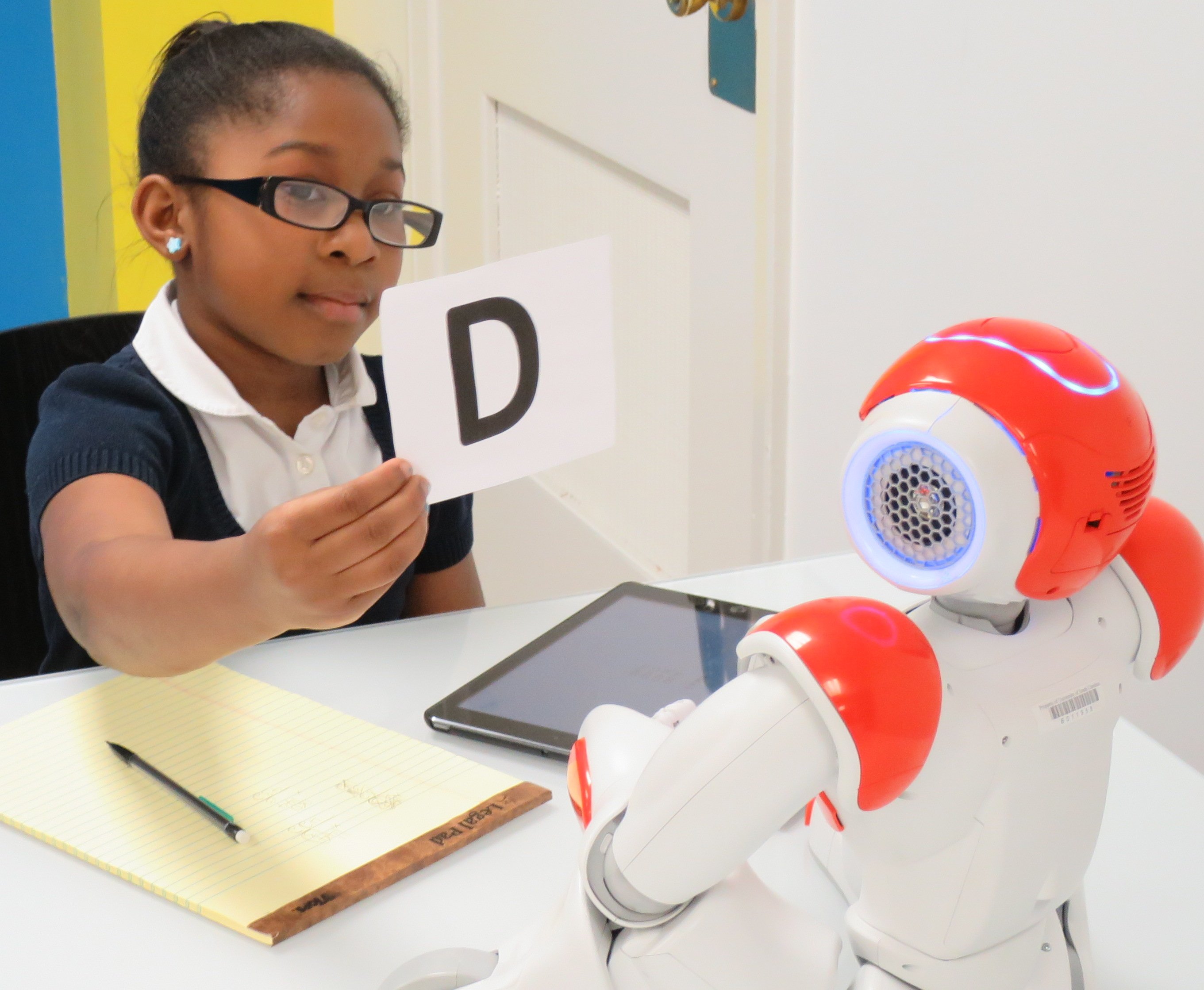
Artificial intelligence and machine learning play an important role in promoting remote learning in this era where many institutions are going digital. The growing implementation of technology in education is creating a remote learning gap amid the COVID-19 pandemic.
Robots can be used to allow geographically dispersed people to participate in important meetings and events. They are helping students to remain connected to their teachers or fellow students to ensure learning continuity. This blog reveals why robots are the bridge to the remote learning gap.
- 0 Comments
- Oct 19, 2021 10:00:00 AM
- Posted by Maria Alejandra Calcetero
- Topics: Robotics, EdTech, STEM, Education, 21st Century Classroom, Special Education, data literacy, Robots,, students, Technology, VR, Realidad Virtual, STEMchat, Edchat, k12, Virtual Reality, virtual learning, classroom, Literacy, STEM literacy
How 3D Tech can Help Overcome Learning Hurdles
By David Chen
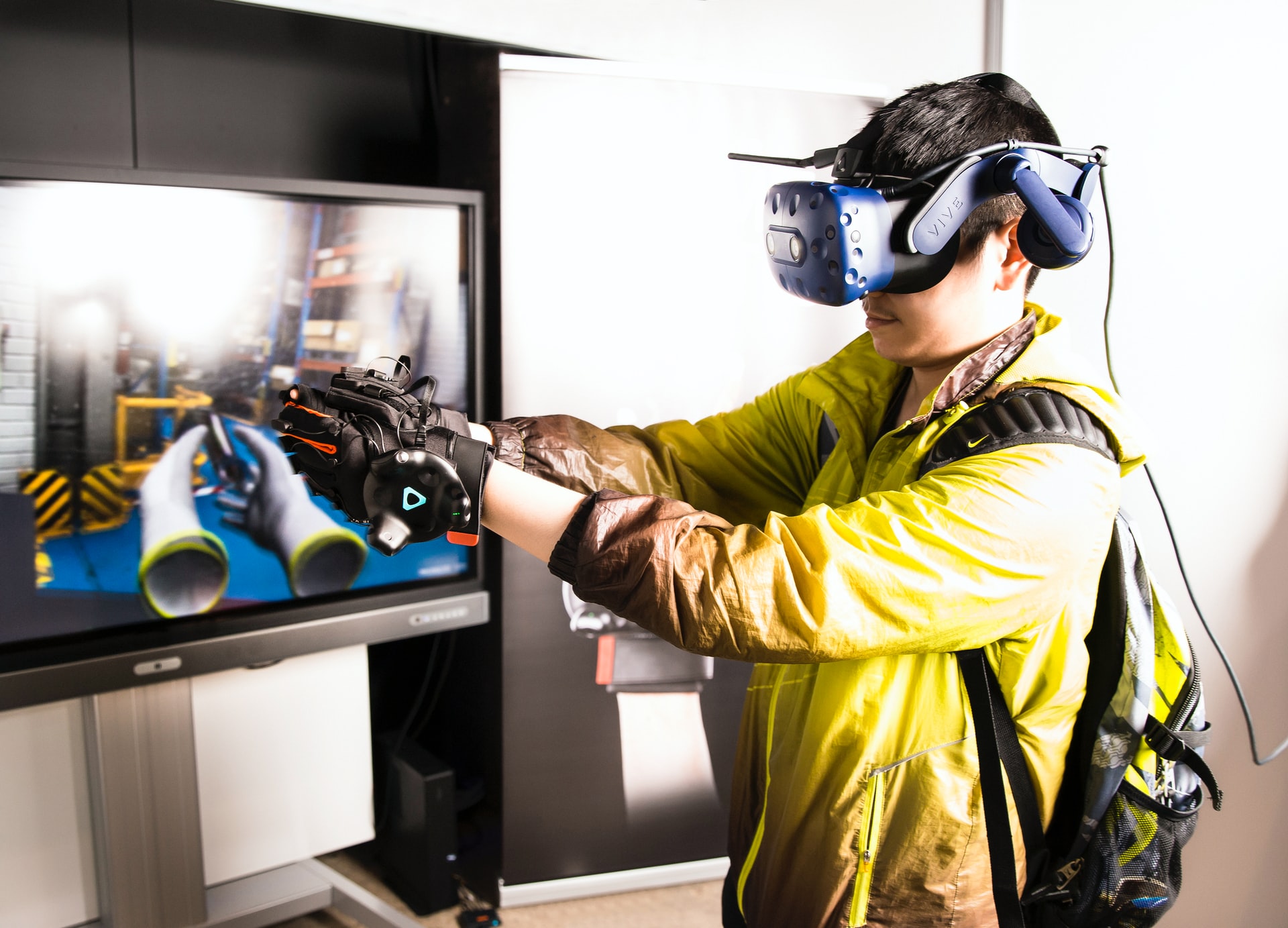 Image source: https://unsplash.com/
Image source: https://unsplash.com/
3D tech opens up an entirely new world of educational possibilities—even when students learn from home.
- 0 Comments
- Oct 18, 2021 10:00:00 AM
- Posted by Maria Alejandra Calcetero
- Topics: Robotics, EdTech, STEM, Education, 21st Century Classroom, Special Education, data literacy, Robots,, students, Technology, VR, Realidad Virtual, STEMchat, Edchat, k12, Virtual Reality, virtual learning, classroom, Literacy, STEM literacy
4 Ways To Support The Growing Role Robotics Will Have in Society
By Dmitry Krasovskiy, Ph.D., Head of Education and Learning Services, EPAM Systems, Inc.
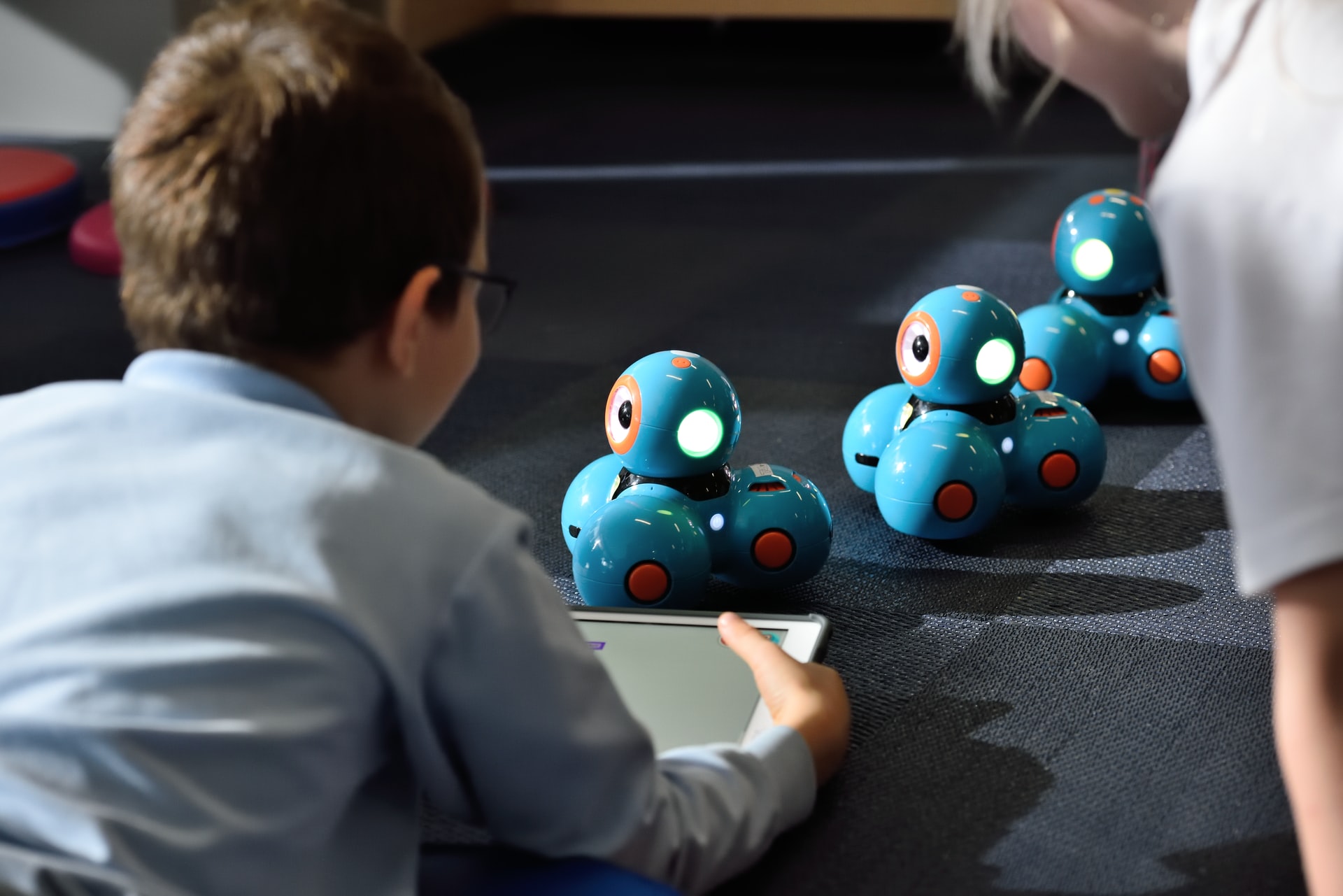 Image source: https://unsplash.com/
Image source: https://unsplash.com/
Here’s how edtech providers can buoy educators’ efforts to teach tomorrow’s inventors to embrace the future through robotics.
- 0 Comments
- Oct 13, 2021 10:00:00 AM
- Posted by Maria Alejandra Calcetero
- Topics: Robotics, EdTech, STEM, Education, 21st Century Classroom, Special Education, data literacy, Robots,, students, Technology, VR, Realidad Virtual, STEMchat, Edchat, k12, Virtual Reality, virtual learning, classroom, Literacy, STEM literacy
4 Tips to Make Virtual Learning Fun for Students
By Chad Rei
 Image Source: https://unsplash.com/
Image Source: https://unsplash.com/
Virtual learning doesn’t have to be a headache—students can become engaged and absorb new information with a few key strategies.
- 0 Comments
- Oct 12, 2021 10:00:00 AM
- Posted by Maria Alejandra Calcetero
- Topics: Robotics, EdTech, STEM, Education, 21st Century Classroom, Special Education, data literacy, Robots,, students, Technology, VR, Realidad Virtual, STEMchat, Edchat, k12, Virtual Reality, virtual learning, classroom, Literacy, STEM literacy
How To Use Virtual Reality To Motivate College Students
By Nancy Howard
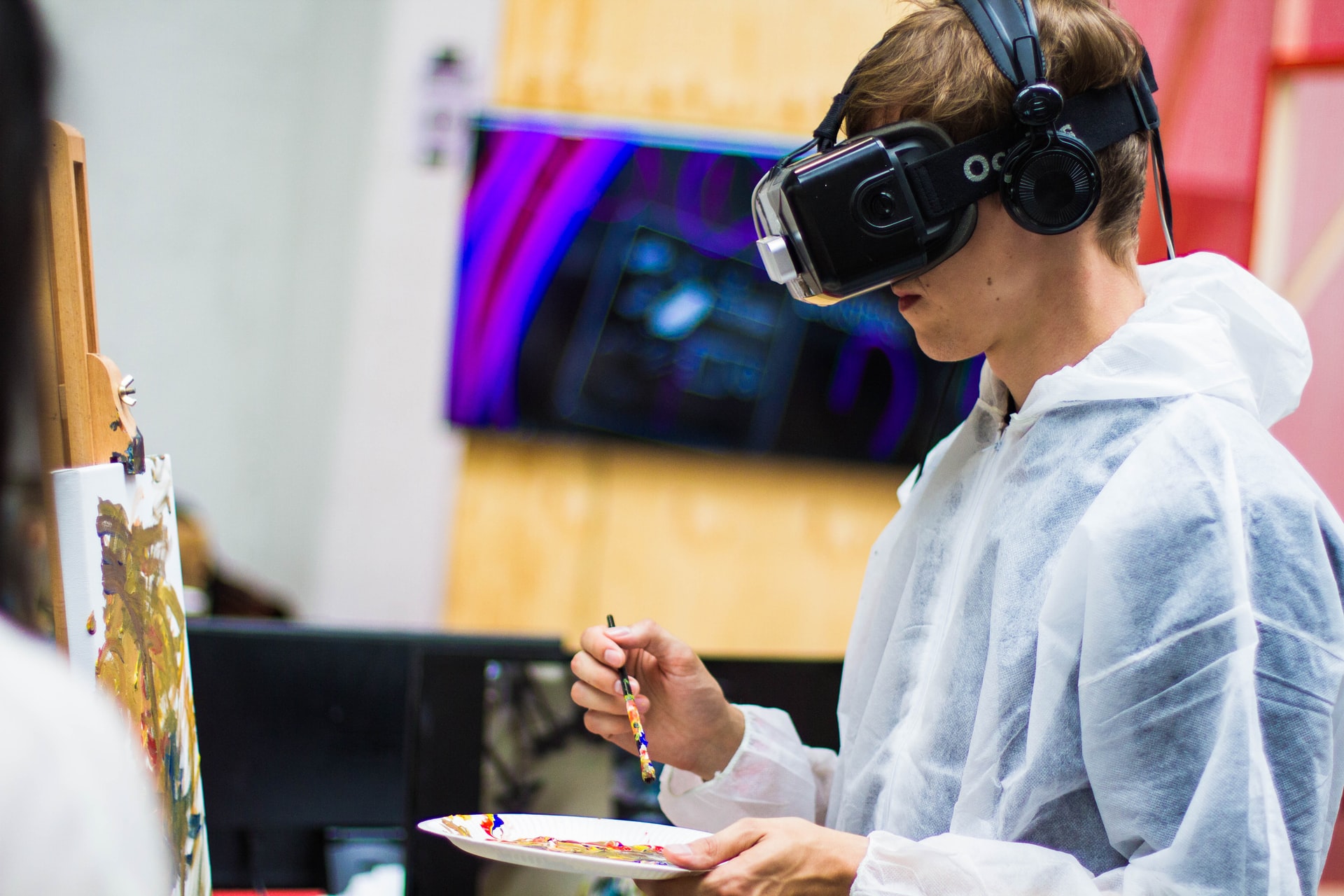 Image source: https://unsplash.com/
Image source: https://unsplash.com/
VR and AR technologies have been around for a while now and are being used in many different industries. One of the spheres to adopt Virtual Reality is education – and for the right reasons. Both in theory and in practice, VR has proven its worth in improving learning experiences in a number of ways.
Particularly, VR can be used to motivate college students and encourage them to become more engaged and successful learners. Yet, not every educator is well-acquainted with this type of tech, so here’s how to use virtual reality in the classroom to increase motivation.
- 0 Comments
- Oct 8, 2021 10:00:00 AM
- Posted by Maria Alejandra Calcetero
- Topics: Robotics, EdTech, STEM, Education, 21st Century Classroom, Special Education, data literacy, Robots,, students, Technology, VR, Realidad Virtual, STEMchat, Edchat, k12, Virtual Reality, virtual learning, classroom, Literacy, STEM literacy
VR Expeditions 2.0 Helps Schools Recoup Investments in Lenovo Mirage Solo after Google Abandoned Daydream Platform
RobotLAB steps in after Google abandons popular virtual field trip application

RobotLAB Inc. (RobotLAB) the leading educational robotics company, is coming to the rescue of educators and students left stranded when Google abandoned the Daydream platform and discontinued the Expeditions app that allowed educators to take students on virtual field trips using Lenovo Mirage Solo virtual reality (VR) headsets.
- 0 Comments
- Oct 7, 2021 10:34:10 AM
- Posted by Maria Alejandra Calcetero
- Topics: Robotics, EdTech, STEM, Education, 21st Century Classroom, Special Education, data literacy, Robots,, students, Technology, VR, Realidad Virtual, STEMchat, Edchat, k12, Virtual Reality, virtual learning, classroom, Literacy, STEM literacy
Tech-Centric, But Not Remote: Teaching in the Classroom This Year
 Image Source: https://unsplash.com/
Image Source: https://unsplash.com/
Some of the tools and skills that teachers used and developed last year are invaluable in the in-person classroom.
- 0 Comments
- Oct 7, 2021 10:00:00 AM
- Posted by Maria Alejandra Calcetero
- Topics: Robotics, EdTech, STEM, Education, 21st Century Classroom, Special Education, data literacy, Robots,, students, Technology, VR, Realidad Virtual, STEMchat, Edchat, k12, Virtual Reality, virtual learning, classroom, Literacy, STEM literacy
5 Ways Robots Will Bring Your Classroom into The 21st Century
By Tra Vu, PhD, PE and Chief Operating Officer, OhmniLabs
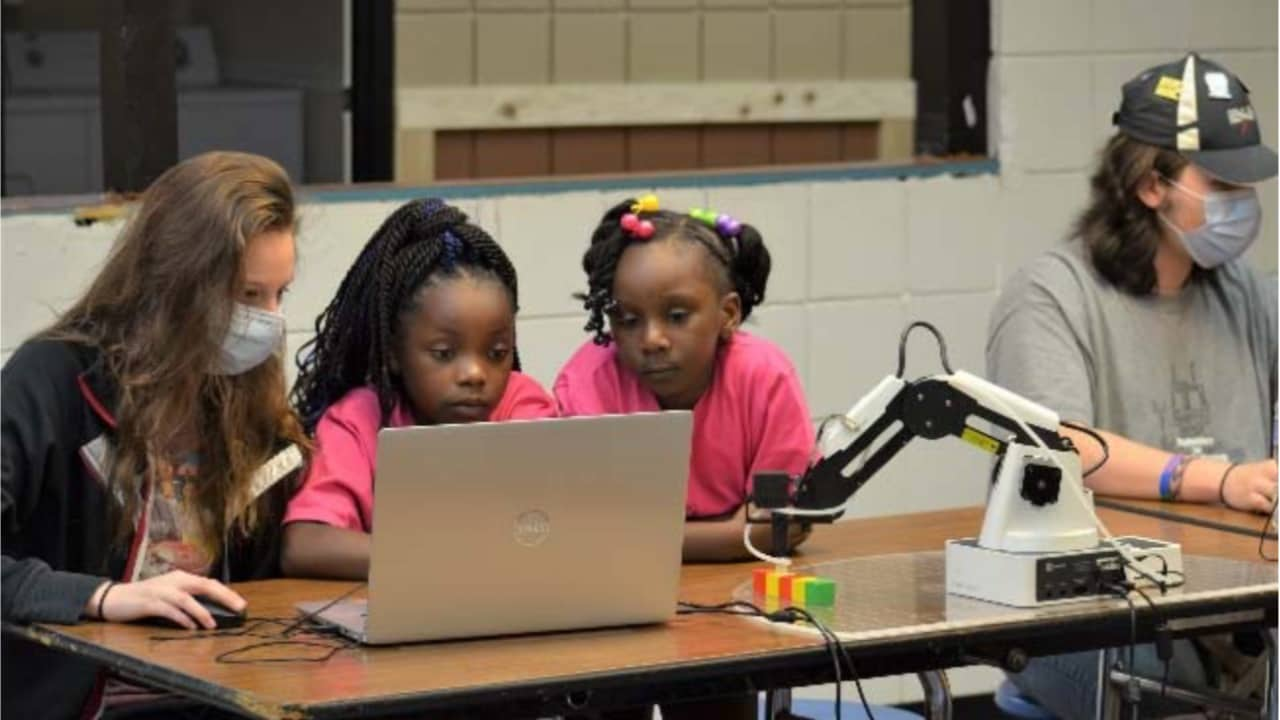 Conventional classrooms can become stagnant--but robots can boost engagement, participation, and a sense of community.
Conventional classrooms can become stagnant--but robots can boost engagement, participation, and a sense of community.
- 0 Comments
- Oct 6, 2021 10:00:00 AM
- Posted by Maria Alejandra Calcetero
- Topics: Robotics, EdTech, STEM, Education, 21st Century Classroom, Special Education, data literacy, Robots,, students, Technology, VR, Realidad Virtual, STEMchat, Edchat, k12, Virtual Reality, virtual learning, classroom, Literacy, STEM literacy
Comparison of Pepper's OS versions
RobotLAB offers two versions of Pepper the robot: Pepper Premium and Pepper Premium+Nav. Learn the differences between the two versions, and educate yourself on the best Pepper for your use case!
- 0 Comments
- Oct 5, 2021 3:13:42 PM
- Posted by Maria Alejandra Calcetero
- Topics: Robotics, EdTech, STEM, Education, 21st Century Classroom, Special Education, data literacy, Robots,, students, Technology, VR, Realidad Virtual, STEMchat, Edchat, k12, Virtual Reality, virtual learning, classroom, Literacy, STEM literacy
Tips for Increasing STEM Student Enrollment on Your Campus
By Maliha Safiullah
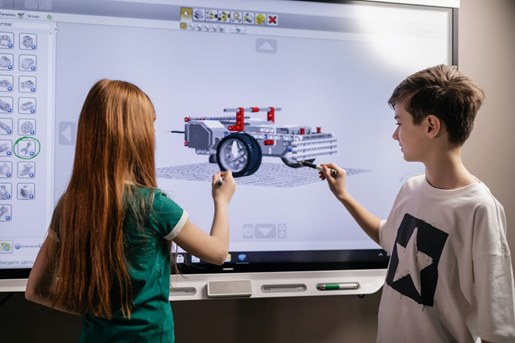 Image source: https://www.pexels.com/photo/boy-and-girl-standing-in-front-of-computer-screen-7742832/
Image source: https://www.pexels.com/photo/boy-and-girl-standing-in-front-of-computer-screen-7742832/
Most schools rely on tuition fees and state support to run their business and pin their hope on getting a high number of enrollments all year round. In order to sustain fast-growing student enrollments, it is essential to retain previous pupils while inviting new students on board. Improved student enrollment strategies need a highly coordinated effort integrated with the latest digital approaches.
Here are seven highly regarded and helpful tips to boost STEM campus’s retention and enrollments:
- 0 Comments
- Oct 5, 2021 10:00:00 AM
- Posted by Maria Alejandra Calcetero
- Topics: Robotics, EdTech, STEM, Education, 21st Century Classroom, Special Education, data literacy, Robots,, students, Technology, VR, Realidad Virtual, STEMchat, Edchat, k12, Virtual Reality, virtual learning, classroom, Literacy, STEM literacy
Relevant Posts
Popular Posts
Subscribe to Email Updates
-
I Want To Learn MoreADDITIONAL INFORMATION


